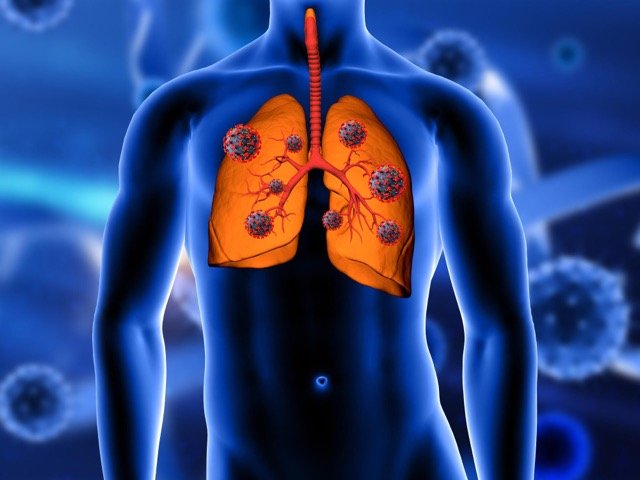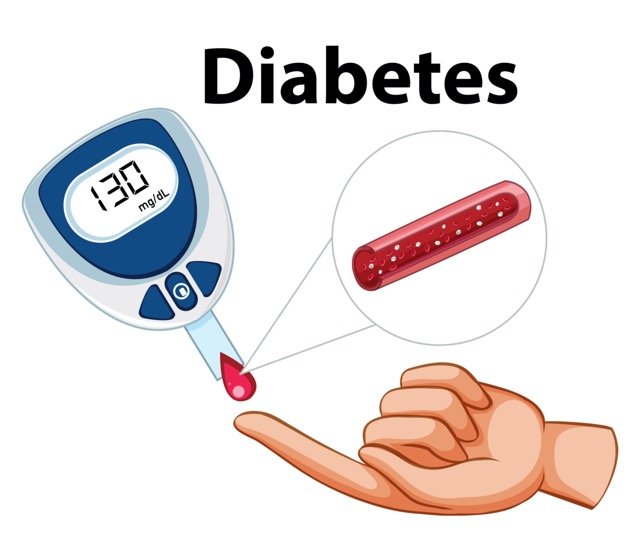Nabilone is a synthetic cannabinoid that acts centrally. It is used in the treatment of refractory nausea and vomiting and neuropathic pains.
Nabilone Uses:
-
Refractory nausea and vomiting:
- Used in the treatment of refractory nausea and vomiting associated with cancer chemotherapy in patients who have failed to adequately respond to conventional antiemetic regimens.
-
Limitations of use:
- Due to disturbing psychotomimetic reactions not observed with other antiemetic agents, nabilone should only be used for refractory nausea and vomiting.
- Nabilone is intended for use under close supervision, particularly during initial use and with dose adjustments.
- Nabilone is a schedule II controlled substance
- Such substances have a high potential for abuse
- Limit prescriptions to the amount necessary for a single chemotherapy cycle (eg, a few days).
- Nabilone is not intended to be used on an as-needed basis or as an initial antiemetic agent.
- Monitor patients receiving nabilone for signs of excessive use, abuse & misuse
- Patients with a personal or familial history of substance misuse (including drug or alcohol abuse) or mental illness may be at a higher risk for substance abuse.
Nabilone dose in Adults
Nabilone dose in the treatment of refractory nausea and vomiting associated with cancer chemotherapy:
- Initial:
- 1 to 2 mg orally twice a day
- Begin with the lower dose in the range and increase if required
- May administer 2 or 3 times per day during the entire chemotherapy course
- Continue for up to 48 hours after the last chemotherapy dose.
- Maximum: 6 mg/day divided in 3 doses.
- A dose of 1 to 2 mg the night before chemotherapy may also be of benefit.
Guideline recommendations:
- American Society of Clinical Oncology:
- Nausea or vomiting, refractory, or breakthrough:
- Oral: 1 to 2 mg twice a day on days 1, 2, and 3.
- Nausea or vomiting, refractory, or breakthrough:
Nabilone dose in the prevention of Chemotherapy-induced nausea and vomiting:
Note: Use in patients receiving moderate to highly emetogenic chemotherapy in whom corticosteroids are contraindicated:
-
Infants, Children, and Adolescents:
- <18 kg:
- 0.5 mg orally BD
- 18 to 30 kg:
- 1 mg orally BD
- >30 kg:
- 1 mg orally tds
- <18 kg:
Pregnancy Risk Factor C
- Animal reproduction studies have shown that adverse events can be observed.
Use of Nabilone while breastfeeding
- Breastfeeding is not recommended because some cannabinoids may be excreted in breastmilk.
Nabilone Dose in Kidney Disease:
The manufacturer's labelling does not mention dosage modifications (has not been studied).
Nabilone Dose in Liver disease:
There are no dosage modifications listed on the manufacturer's label (has not been studied).
Common Side Effects of Nabilone:
-
Central Nervous System:
- Drowsiness
- Dizziness
- Vertigo
- Euphoria
- Ataxia
- Depression
- Lack Of Concentration
- Sleep Disorder
-
Gastrointestinal:
- Xerostomia
-
Ophthalmic:
- Visual Disturbance
Less Common Side Effects Of Nabilone:
-
Cardiovascular:
- Hypotension
-
Central Nervous System:
- Dysphoria
- Headache
- Sedation
- Depersonalization
- Disorientation
-
Gastrointestinal:
- Anorexia
- Nausea
- Increased Appetite
-
Neuromuscular & Skeletal:
- Weakness
Side effects of Nabilone (frequency not known):
-
Cardiovascular:
- Cardiac Arrhythmia
- Cerebrovascular Accident
- Chest Pain
- Flushing
- Hypertension
- Orthostatic Hypotension
- Palpitations
- Syncope
- Tachycardia
-
Central Nervous System:
- Abnormal Dreams
- Akathisia
- Anxiety
- Apathy
- Chills
- Confusion
- Difficulty Thinking
- Dystonia
- Emotional Disturbance
- Emotional Lability
- Equilibrium Disturbance
- Fatigue
- Hallucination
- Hyperactivity
- Illusion
- Insomnia
- Malaise
- Memory Impairment
- Nervousness
- Numbness
- Pain
- Psychoneurosis (Phobic)
- Panic Disorder
- Paranoia
- Paresthesia
- Psychological Disorder (Withdrawal)
- Psychosis (Including Toxic)
- Seizure
- Speech Disturbance
- Stupor
- Voice Disorder
-
Dermatologic:
- Anhidrosis
- Diaphoresis
- Skin Photosensitivity
- Pruritus
- Skin Rash
-
Endocrine & Metabolic:
- Hot Flash
- Increased Thirst
-
Gastrointestinal:
- Abdominal Pain
- Aphthous Stomatitis
- Constipation
- Diarrhea
- Dysgeusia
- Dyspepsia
- Gastritis
- Mouth Irritation
- Vomiting
-
Genitourinary:
- Altered Micturition (Decreased/Increased)
- Urinary Retention
-
Hematologic & Oncologic:
- Anemia
- Leukopenia
-
Hypersensitivity:
- Hypersensitivity Reaction
-
Infection:
- Infection
-
Neuromuscular & Skeletal:
- Arthralgia
- Back Pain
- Myalgia
- Neck Pain
- Tremor
-
Ophthalmic:
- Amblyopia
- Eye Irritation
- Mydriasis
- Photophobia
- Visual Field Defect
- Xerophthalmia
-
Otic:
- Tinnitus
-
Renal:
- Polyuria
-
Respiratory:
- Cough
- Dyspnea
- Epistaxis
- Nasal Congestion
- Pharyngitis
- Sinus Headache
- Wheezing
-
Miscellaneous:
- Fever
Contraindications to Nabilone:
- Hypersensitivity to nabilone or other cannabinoids or any component of this formulation
Warnings and precautions
-
Cardiovascular effects
- Orthostatic hypotension and tachycardia may occur.
- Patients with heart disease should be cautious.
-
CNS effects
- This may cause impairment of mental or physical abilities. Patients should be cautious about driving or operating machinery that requires mental alertness.
- Reports of dizziness, drowsiness and depression have been made.
- Patients with schizophrenia, depression, mania or mania should be treated with caution.
- Cannabinoid usage may indicate psychiatric disorders.
- It is important to monitor your psychiatric health carefully
- After discontinuing treatment, psychiatric adverse reactions can persist up to three days.
-
Substance abuse
- Patients with a history or substance abuse should be cautious
- There is potential for dependence.
- With prolonged use, tolerance, psychological dependence, and physical dependence can occur.
Monitoring parameters:
- Blood pressure
- Heart rate
- Signs and symptoms of excessive use, abuse, or misuse
- Monitor for neurologic/psychiatric adverse events (eg, dysphoria/euphoria, somnolence, vertigo)
How to administer Nabilone?
- The initial dose (on day 1 of chemotherapy) should be given 1 - 3 hours before chemotherapy.
- Administer orally 2 to 3 times a day.
Mechanism of action of Nabilone:
- Antiemetic activity may be due to the effect on cannabinoid receptors (CB1) within the central nervous system.
Absorption:
- Rapid and complete
Distribution:
- ~12.5 L/kg
Metabolism:
- Extensively metabolized to several active metabolites by oxidation and stereospecific enzyme reduction
- CYP450 enzymes may also be involved
Half-life elimination:
- Parent compound: ~2 hours
- Metabolites: ~35 hours
Time to reach peak serum concentrations:
- Within 2 hours
Excretion:
- Feces (~60%);
- renal (~24%)
International Brands of Nabilone:
- Cesamet
- ACT Nabilone
- PMS-Nabilone
- RAN-Nabilone
- TEVA-Nabilone
Nabilone Brand Names in Pakistan
No Brands Available in Pakistan.







